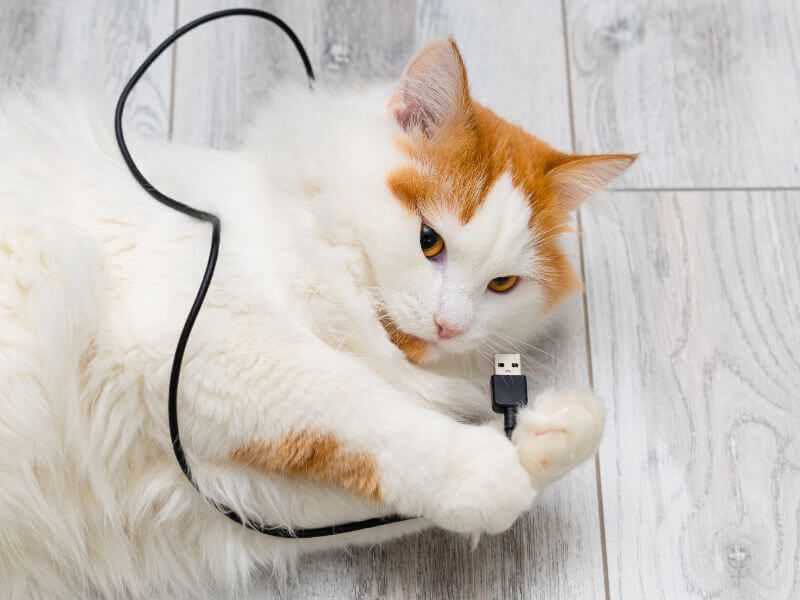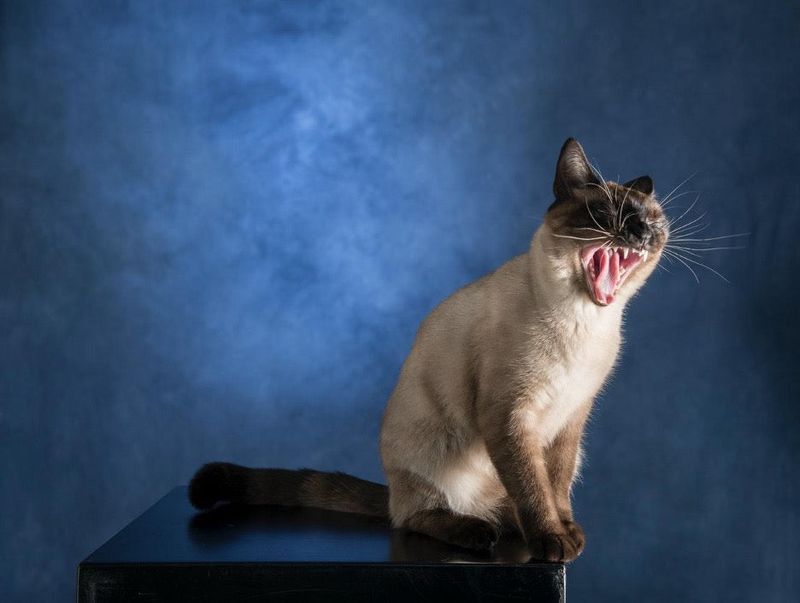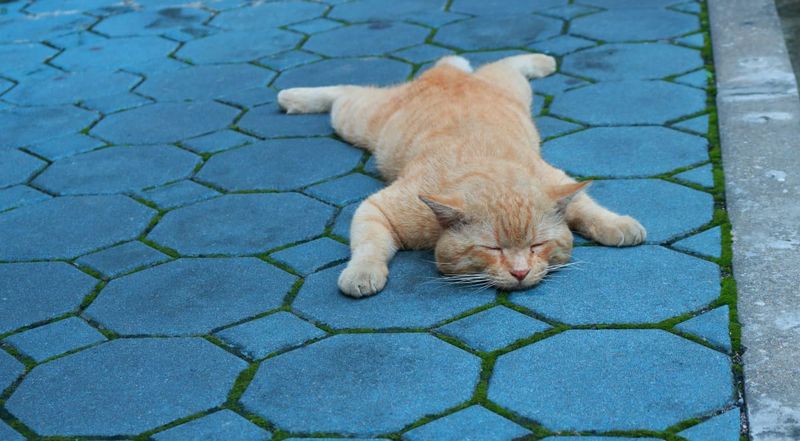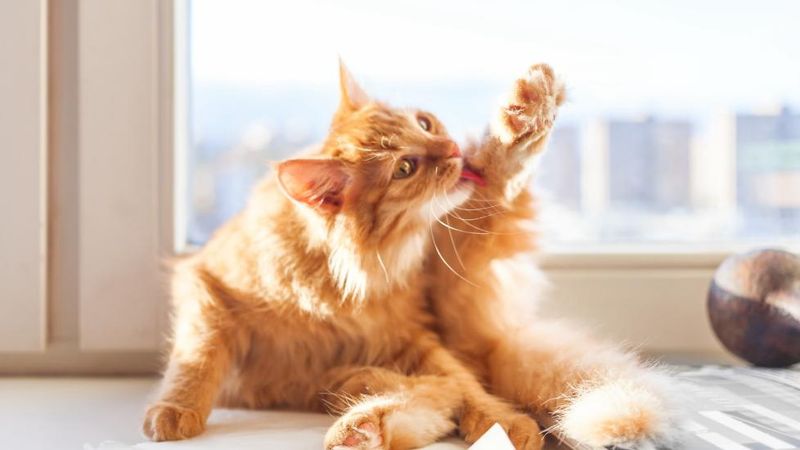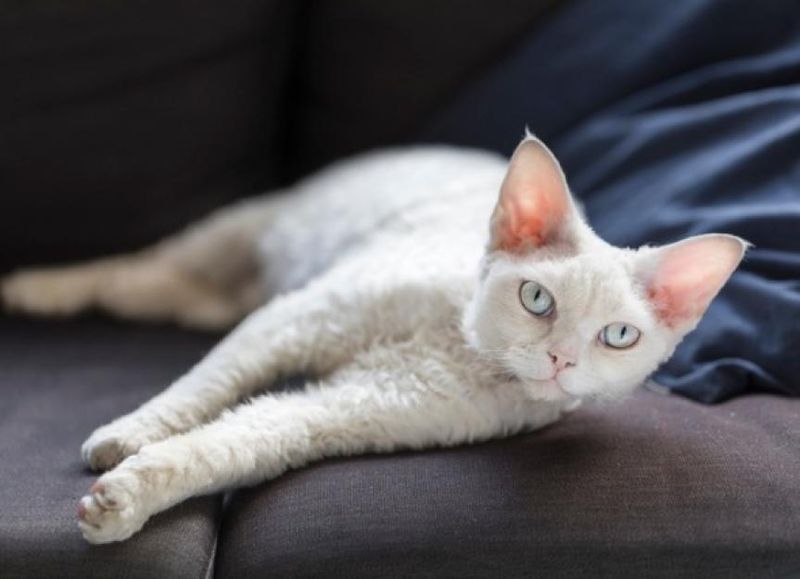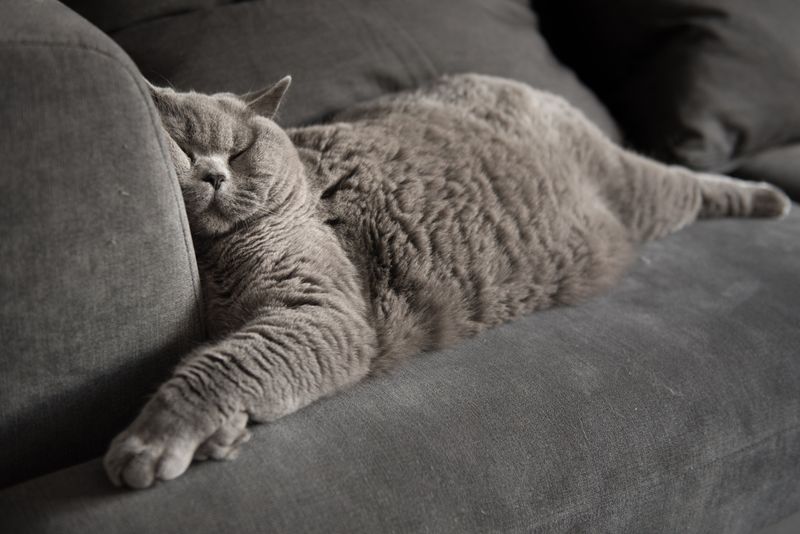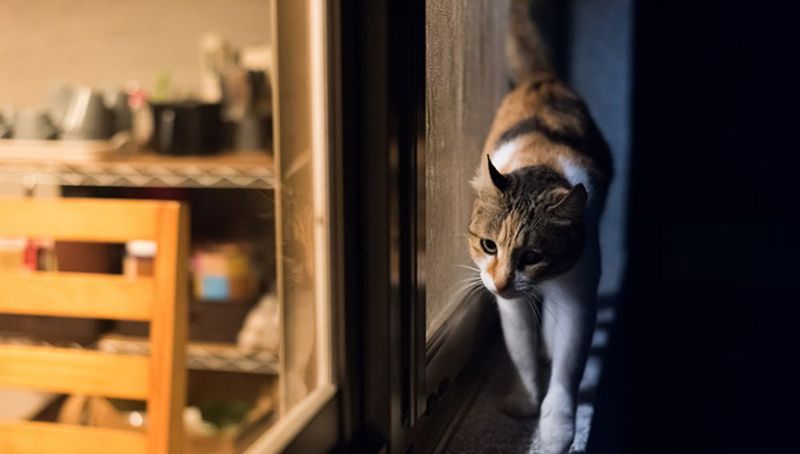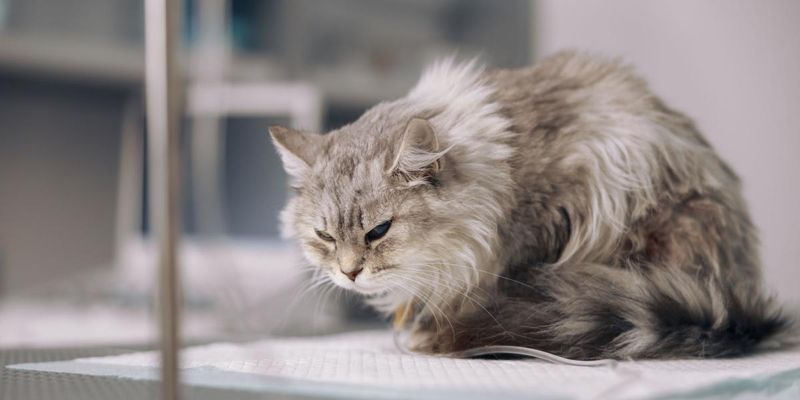📖 Table of Content:
- 1. Increased Nighttime Activity
- 2. More Irritable or Aggressive Behavior
- 3. Frequent Napping in Odd Locations
- 4. Constant Grooming or Over-Grooming at Night
- 5. Weight Loss or Poor Appetite
- 6. Restlessness or Frequent Position Changes During Sleep
- 7. Unusual Vocalizations at Night
- 8. Sleeping Less Overall
- 9. Clinginess or Separation Anxiety
To the casual observer, cats may seem like they have sleep perfected. Whether they’re curled up in a sunbeam or stretched across your laptop, cats can sleep up to 16 hours a day, making them among the most prolific sleepers in the animal kingdom. But just because your kitty appears to be snoozing doesn’t mean they’re getting restful, quality sleep.
Many pet owners overlook the early signs of disrupted rest, assuming that moodiness or changes in behavior are just part of feline quirkiness. However, sleep disturbances in cats are often subtle red flags pointing to deeper health or emotional issues. From hormonal imbalances to environmental stressors, the reasons behind a cat’s unrest can vary, but they should never be dismissed.
When a cat’s rest is compromised, it doesn’t just affect their energy—it can have far-reaching consequences on their physical health, cognitive function, and emotional well-being. That’s why being attuned to even the smallest changes in your cat’s sleep patterns is vital. Here are 9 subtle but serious signs that your cat’s sleep might be disturbed—and why your attention could make all the difference.
1. Increased Nighttime Activity
Late-night zoomies might seem like normal feline fun, but they could be masking a deeper problem. Cats that are unusually active during the night may be suffering from poor sleep quality or fragmented rest. While cats are naturally crepuscular (most active at dawn and dusk), excessive nocturnal antics suggest they aren’t getting enough daytime rest. Hyperthyroidism, age-related insomnia, or even dietary issues can disrupt their circadian rhythm. If your cat is constantly meowing, pawing at doors, or waking you up at night, it’s time to investigate further. Consider environmental triggers such as noise, light, or hunger that could be interrupting their ability to stay asleep. By monitoring your cat’s night behavior, you can often pinpoint the source of the disturbance.
2. More Irritable or Aggressive Behavior
Grumpiness in a cat isn’t always just a bad mood—it can stem from chronic fatigue. A well-rested cat tends to be more tolerant, while sleep-deprived felines may become snappier than usual. You might notice increased swatting, growling, or avoidance behaviors when your cat is overstimulated. Sleep is essential for emotional regulation, and its disruption can throw off a cat’s entire temperament. Even the friendliest cat may lash out if constantly feeling on edge from lack of rest. Pay attention to when and how this irritability shows up, especially if it aligns with odd sleep patterns. Addressing the root cause of sleep loss often leads to a calmer, more affectionate pet.
3. Frequent Napping in Odd Locations
Sudden changes in where your cat chooses to nap could indicate that something is wrong. Cats typically prefer secure, comfortable spots for sleep, so relocating to strange or hard surfaces might mean they’re avoiding something. Unfamiliar sleeping places can be a response to stress, temperature discomfort, or even bullying by other pets. A cat that once favored your bed but now hides in closets or corners might be seeking safety or relief. Discomfort from arthritis or injury may also prompt a shift to flatter, firmer places. Keep a log of your cat’s sleeping locations over a few days to notice patterns or changes. Understanding these choices may help uncover hidden sources of anxiety or pain.
4. Constant Grooming or Over-Grooming at Night
Excessive grooming—especially during hours your cat would normally be asleep—can be a subtle distress signal. It may begin innocuously, but over time it can lead to hair loss, raw patches, and skin irritation. Often triggered by stress or allergic reactions, nighttime grooming can interrupt natural sleep cycles. If your cat grooms obsessively during the night and appears tired during the day, their rest is likely being affected. Fleas, mites, or other skin issues may also be the culprits, making your cat too itchy to rest properly. Behavioral patterns like these require close observation and possibly veterinary evaluation. The sooner you address it, the sooner your cat can reclaim restful nights.
5. Weight Loss or Poor Appetite
Changes in sleep can directly influence your cat’s appetite, and vice versa. A cat that isn’t eating properly may not have the energy to sustain healthy sleep cycles. Illnesses like kidney disease, diabetes, or dental pain can reduce appetite while also interfering with restful sleep. Cats experiencing pain or nausea often shift between short naps and pacing or hiding. These behaviors may easily be missed if you’re not actively tracking their eating and sleeping habits. If your cat seems both tired and thin, it’s not something to brush off. Seek medical insight promptly, as these could be signs of serious underlying conditions. Sleep and nutrition are closely intertwined in feline health.
6. Restlessness or Frequent Position Changes During Sleep
Tossing and turning isn’t just a human issue—cats can struggle with it too. If your cat is constantly changing positions, sitting up suddenly, or moving from spot to spot, they may be experiencing discomfort. Joint issues, digestive problems, or temperature sensitivity can all lead to this kind of restlessness. Unlike dogs, cats rarely whimper or cry when in pain, so movement patterns become a key diagnostic tool. Watch for signs such as stretching awkwardly, twitching legs, or a furrowed brow while resting. Even subtle cues can reveal that sleep is being disturbed by a physical issue. Providing supportive bedding or adjusting room temperature can help reduce discomfort.
7. Unusual Vocalizations at Night
Loud meowing, yowling, or chirping during the night isn’t just annoying—it’s often a cry for help. Especially in older cats, nighttime vocalizations may signal cognitive decline or confusion. These sounds can also indicate loneliness, pain, or anxiety that only surfaces when the world goes quiet. If your cat suddenly becomes more vocal at night, something has likely shifted in their health or environment. Don’t dismiss it as attention-seeking behavior without further evaluation. Provide comfort, stimulation during the day, and consider a wellness check with your vet. Left unaddressed, night calls can escalate and further degrade your cat’s sleep—and yours.
8. Sleeping Less Overall
A noticeable reduction in your cat’s total sleep time is a red flag, not a personality change. Even the most active cats require long stretches of deep sleep to stay healthy. Hyperthyroidism, infections, or even environmental stress can trigger sleeplessness. Look beyond just the hours spent with eyes closed; is your cat waking up more easily? Do they seem overly alert or jittery even when lying down? These are signs of fragmented or low-quality sleep. Cats that sleep less also miss out on key body and brain maintenance, leaving them more vulnerable to illness. Regular observation and recording of sleep hours can provide important insights for your vet.
9. Clinginess or Separation Anxiety
Sudden clingy behavior may be rooted in emotional insecurity caused by disrupted sleep. Your cat may be trying to feel safe by staying near you if their rest is constantly interrupted. This behavior is particularly noticeable at night when they seek your presence instead of sleeping. It’s easy to interpret this as affection, but anxiety often hides behind it. Changes in household routine, new pets, or loud noises can lead to this form of rest disruption. While comforting them is helpful, addressing the anxiety source is crucial for restoring healthy sleep. A calmer cat is a better-rested cat—and a happier one, too.

